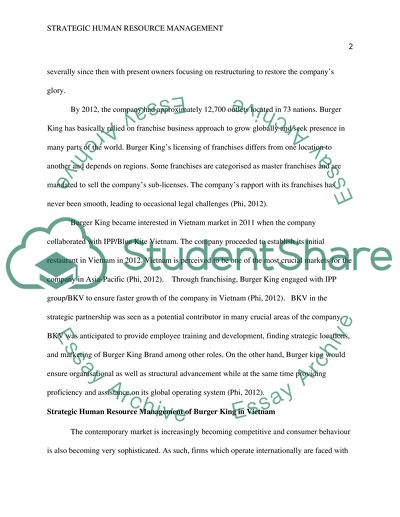Cite this document
(“Strategic human resource management Essay Example | Topics and Well Written Essays - 3250 words”, n.d.)
Retrieved from https://studentshare.org/human-resources/1403922-strategy-human-resource-management
Retrieved from https://studentshare.org/human-resources/1403922-strategy-human-resource-management
(Strategic Human Resource Management Essay Example | Topics and Well Written Essays - 3250 Words)
https://studentshare.org/human-resources/1403922-strategy-human-resource-management.
https://studentshare.org/human-resources/1403922-strategy-human-resource-management.
“Strategic Human Resource Management Essay Example | Topics and Well Written Essays - 3250 Words”, n.d. https://studentshare.org/human-resources/1403922-strategy-human-resource-management.


